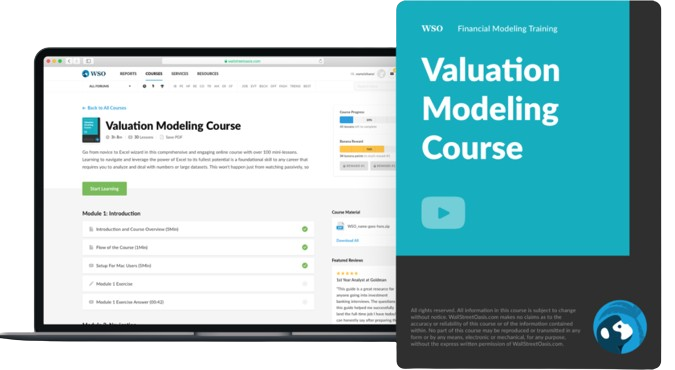Earnings Yield
It is calculated by dividing the most recent 12-month period's earnings per share by the share's current market price.
What Is Earnings Yield?
The earnings yield (EY) is calculated by dividing the most recent 12-month period's earnings per share by the share's current market price.
Investors use it to identify assets that appear underpriced or overvalued, and many investment managers use it to choose the best asset allocations.
It is simpler for consumers to evaluate yields across different companies when they can ascertain whether their current company is yielding them as much as another company in the same industry.
Since the earning yield is expressed as a percentage, it is easy to compare it to current long-term interest rates.
When using EY, a company's growth potential must be considered. Even though their stock price increases, stocks with high growth potential may still have a low yield.
Earnings Yield = [Earnings per Share/ Market Price per Share] * 100
= [EBIT + Depreciation - Capex]/ Enterprise Value
From the formula, we can see that it tells the investor how much return they get per share they hold.
The P/E ratio and earnings yield have an inverse connection, meaning that the higher the P/E ratio, the more valuable the investment, and the lower the P/E ratio, the greater the yield.
Earnings Yield = EPS/ Price = 1/ P/E Ratio
Key Takeaways
- The earnings yield is calculated by dividing the most recent 12-month period's earnings per share by the share's current market price.
- It is easy to compare it to current long-term interest rates.
- The P/E ratio and earnings yield have an inverse connection.
- Earnings are the true long-term driver of dividend payments.
- It may be used to compare stocks, bonds, fixed deposits, T-bills, etc.
How Earnings Yield works
The EY of the S&P 500 is frequently compared to market interest rates, such as the yield on the current 10-year Treasury.
Stocks may be deemed expensive if the profits yield is lower than the yield on the 10-year Treasury. Compared to bonds, stocks may be considered too inexpensive if the earnings yield is higher.
A company's past growth patterns and potential for future growth are important variables that could affect the score.
Additionally, businesses with strong growth prospects are far more likely to be valued at higher values, which results in a reduced yield as their share price rises.
Note
It is best to start by conducting a background study on the company to grasp the true underlying factors when selecting the proper parameters.
You'll gain a greater grasp of the company's fundamentals and those of its competitors. As a result, establishing the proper baseline to measure the company's performance.
While an undervalued investment might boost earnings yield, an overvalued investment can reduce it. This is because it will decrease the more the stock price increases without corresponding increases in earnings.
It will rise if the stock price declines while the earnings remain flat or increase. The latter circumstance is what value investors like.
Example of Earnings Yield
A working example of earning yield is as follows. Suppose you want to invest in stocks; you have two options:
- Either invest in the stock of ABC
- Or invest in the stock of ABC
The stock of XYZ is currently traded at $25 per share. The company’s earnings per share (EPS) are $0.45 per share.
The stocks of ABC are trading at $65 per share. The company’s earnings per share (EPS) are $0.63 per share.
Earnings Yield = [Earnings per Share/ Market Price per Share] * 100
For XYZ,
Earnings Yield = (0.45/ 25) * 100 = 1.8%
For ABC,
Earnings Yield = (0.63/ 65) * 100 = 0.096%
Since the earning yield of XYZ is greater than the earning yield of stock ABC, we can say that you could invest in XYZ as it gives you a greater earnings yield.
It should be noted that while current EY measures valuation concerning the company's current earning power, it does not inevitably signify an intelligent investment.
It is the easiest way to find fairly valued companies.
Earnings Yield vs. Dividend yield
The financial ratio "dividend yield" assesses the cash dividends paid to shareholders concerning the share price on the market. It is calculated by multiplying the outcome by 100 and dividing the dividend per share by the market price per share.
Earnings are the true long-term driver of dividend payments, even though a sizable fraction of investors use the quantity and growth of the dividend payments as a proxy for value when making investment decisions.
Dividend Yield = Annual Dividends per share/ Current share price
Since all businesses are obligated to disclose their earnings per share, the dividend yield has no such limits. It can be utilized in any situation where a company pays out dividends.
On the other hand, because not all businesses pay dividends, earnings yield is a more helpful indicator for assessing possible investments.
In contrast to dividend yield, which can only compare stocks, earnings yield may be used to compare stocks, bonds, fixed deposits, T-bills, etc.
For example, Stock X has a share price of $20 and is trailing at 12-month earnings per share of 45 cents. It has a P/E of 50 ($20/0.40) and an EY of 4% ($40/$10).




or Want to Sign up with your social account?